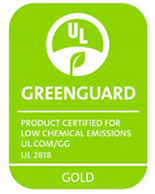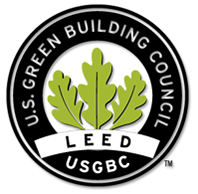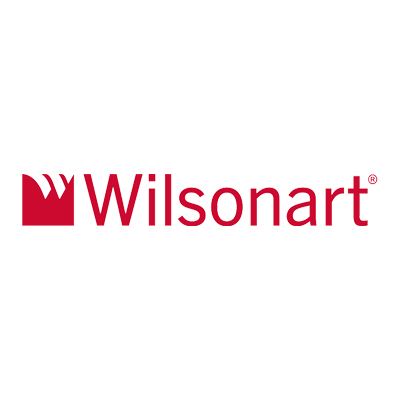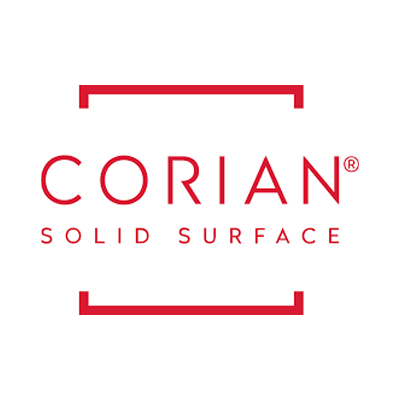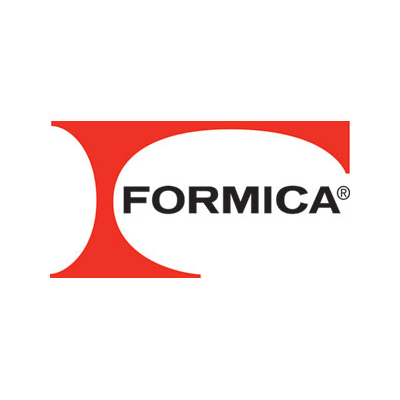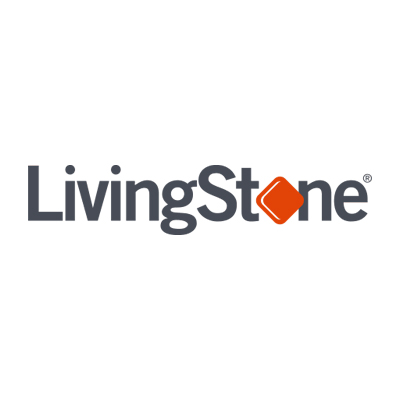Solid Surface
Our Current Suppliers:
Solid Surface is available in a wide array of colors and patterns are virtually seamless, non-porous, and stain resistant. Because the color is consistent all the way through, the reparability of deep scratches and gouges can usually be achieved. Incorporation of solid surface with veneer and laminates create endless possibilities.
Why Solid Surface?
Solid surface is a man-made material usually composed of bauxite, small minerals, acrylic or polyester resins and pigments. It is most commonly used for virtually seamless, low-maintenance surface and countertop applications. Acrylic solid surface provides the ability to be inlayed, backlight, heated and thermoformed to give fabricators and designers extreme versatility. We carry the top suppliers of solid surface products.
Design
Solid surface has been around for almost 50 years, but only recently has colors shifted away from static patterns and colors to keep up with modern design trends. Unique patterns, colors, and mineral flecking provide designers many new options to incorporate solid surface into their project environments.
“Seamless”
One of solid surface’s appeals is its “seamless nature.” While no seam is invisible, proper fabrication can provide a seam that is inconspicuous to the eye. With the disappearance of unsightly grout lines that harbor dirt and bacteria, designers can create material-flow integration both horizontally and vertically.
Stain Resistance
Solid Surface is great because it is non-porous and stain resistant. Even the most stubborn materials can usually be removed with minimally abrasive cleaners. Solid surface does not need to be resealed every few months like stone and other materials.
Safety
Solid Surface is very easy to clean/sterilize with proper cleaning and requires minimal upkeep. By having a non-porous surface that resists bacterial growth, Solid Surface makes for a perfect surface for hospitals, restaurants, and food-prep areas.
Sustainability
Our suppliers offer products certified that comply with various industry environmental standards. In general, solid surface is considered a low VOC product. Some color collections are composed of up to 20% post-consumer material. In addition, drop-off and scrap material can be used crushed up and used as concrete filler and road sub-base.
If a surface is lightly damaged, the consumer can usually handle the repairs through a sanding and buffing process. Heavy damage can typically be repaired by a good fabricator through industry proven techniques on site. With that being said, being able to repair and fix existing products instead of replacing helps minimize environmental impact.
Eco-Friendly Solutions–Our solid surface suppliers offer many options that comply with today’s environmental standards for green building.
